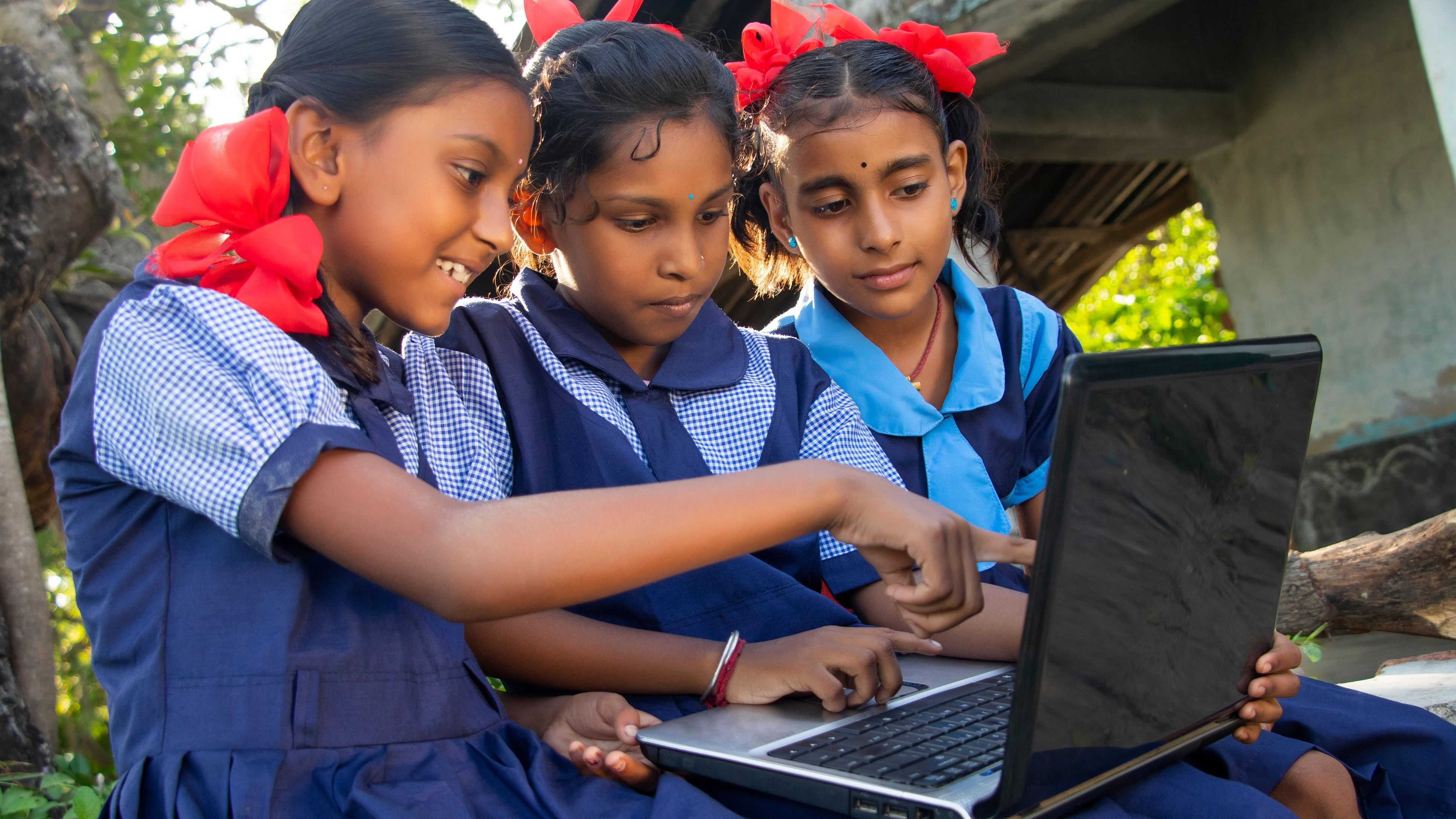
I could become a good scientist because I studied Mathematics and Science in my mother tongue,” said former President of India, Dr APJ Abdul Kalam. He unlocked the mysteries of space through STEM — Science, Technology, Engineering and Mathematics. His strength stemmed solely from his early exposure to science and mathematics. This is what STEM education is all about.
The world no longer wants accidental engineers but superpowers. Globally, there’s a growing consensus on the vital role of STEM education in equipping students for the demands of tomorrow’s workforce. This has fueled a wave of STEM curriculum development and implementation across continents, shaping the educational landscape for countless students.
The National Education Policy 2020 is a policy to aid the progress of STEM training in India. It emphasises integrating Science, Technology, Engineering and Mathematics (STEM) education into the curriculum to foster students’ critical thinking, problem-solving skills, and innovation.
However, training the vast rural population in STEM poses a significant challenge in India. A Digital Public Infrastructure (DPI) encompassing connectivity, devices, software, e-platforms and data centres across rural and urban regions is needed. It can offer digital collaboration tools and platforms that facilitate communication and project coordination among STEM students, educators, and researchers, regardless of geographical location.
Disadvantage of rural schools
Due to the lack of DPI, rural schools are far from modern learning systems. Locational disadvantage should not be a yardstick for backwardness. The teachers in rural schools should be provided with specialized training programmes to effectively enhance their skills in teaching STEM subjects. From the rural child’s perspective, motivating the student to go to school daily must introduce excitement and curiosity to learn new topics.
This is possible only if we introduce digital learning platforms and internet connectivity in rural schools, thus providing access to quality educational resources and online courses. The introduction of mobile STEM laboratories that can travel to different rural areas, providing hands-on learning experiences to students and teachers, is another way to expose students to modern technology.
Offering technical books in regional languages can significantly enhance access to education, especially in areas where the dominant language differs from the national or international language of instruction. Technical books in regional languages can incorporate cultural references and examples that resonate with the target audience, making the content more relevant and engaging.
However, there are challenges associated with producing technical books in regional languages, including the availability of skilled translators and editors, maintaining consistency and accuracy in translations, and ensuring that translated content meets the same standards of quality and comprehensibility as the original material.
Collaboration to the rescue
Drawing from its exceptional research and teaching expertise in driving technological innovations among the youth, educational hubs like universities can collaborate with the industry and government to train rural students on advanced scientific concepts. Industry partnerships can help universities develop practical, job-relevant curricula and facilitate technology transfer to rural schools.
Such collaborations can harness the technological advancement of ITIs on Industry 4.0 technologies and solutions and make them job-ready. This, in turn, may help the industry looking for such talent. Companies can contribute by providing funding, technology, and expertise.
They can sponsor educational initiatives, donate equipment and software, and offer internship and apprenticeship opportunities for rural students. Universities can partner with rural schools to offer dual enrollment programs, where high school students can earn college credits by taking university-level courses. This helps rural students get a head start on their college education and exposes them to the academic rigour of higher education.
Changing the scene
Universities can research issues relevant to rural education, such as educational equity, technology access, and best teaching practices in rural settings. They can encourage faculty members and researchers to publish technical papers and books in regional languages. This promotes knowledge dissemination and facilitates the integration of local expertise and perspectives into technical literature.
Governments financially support educational programmes and infrastructure development, establish incentives for industry-university partnerships in rural education, and create policies that promote equal access to quality education for all students, regardless of their geographic location.
Initiatives like Skill India and Atal Innovation Mission aim to nurture STEM skills among youth. The Atal Tinkering Lab initiative aims to nurture creativity, innovation and entrepreneurship among India’s youth.
Innovation is at the core of a nation’s enduring transformation, with digital literacy as its fundamental pillar nationwide.
(The author is an assistant professor, Dept. of CSE, Manipal Institute of Technology, MAHE, Manipal)